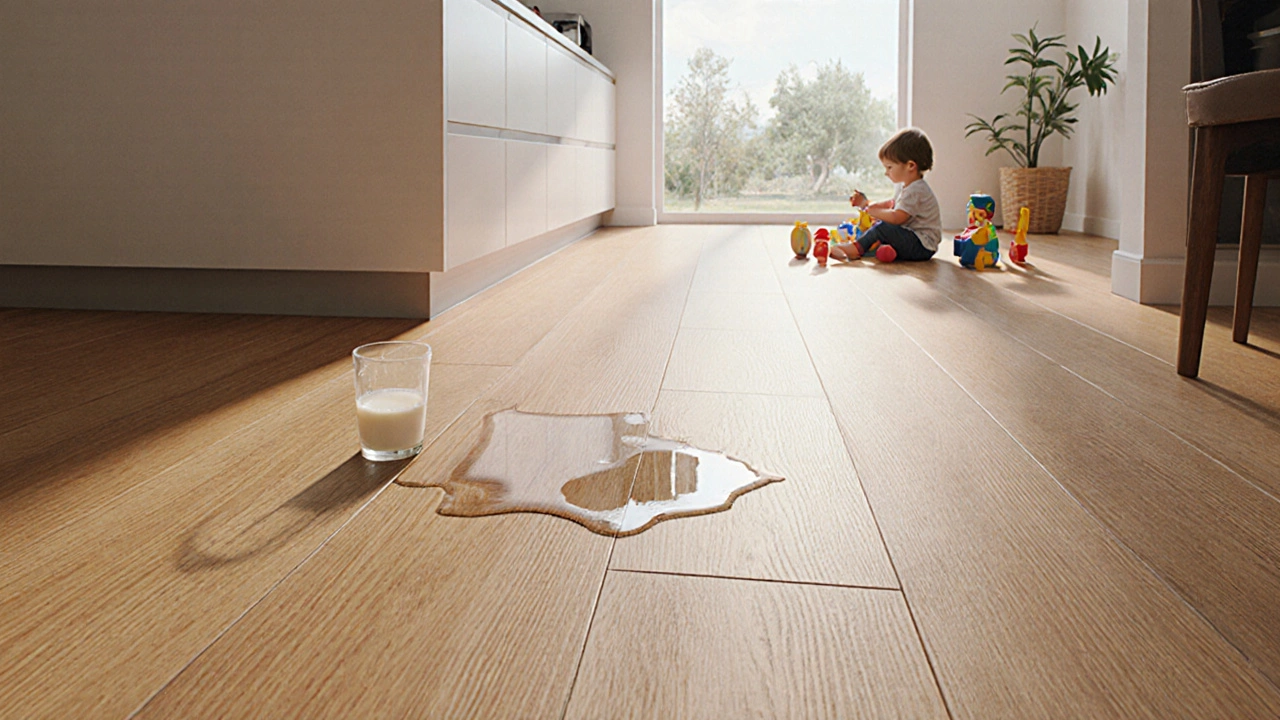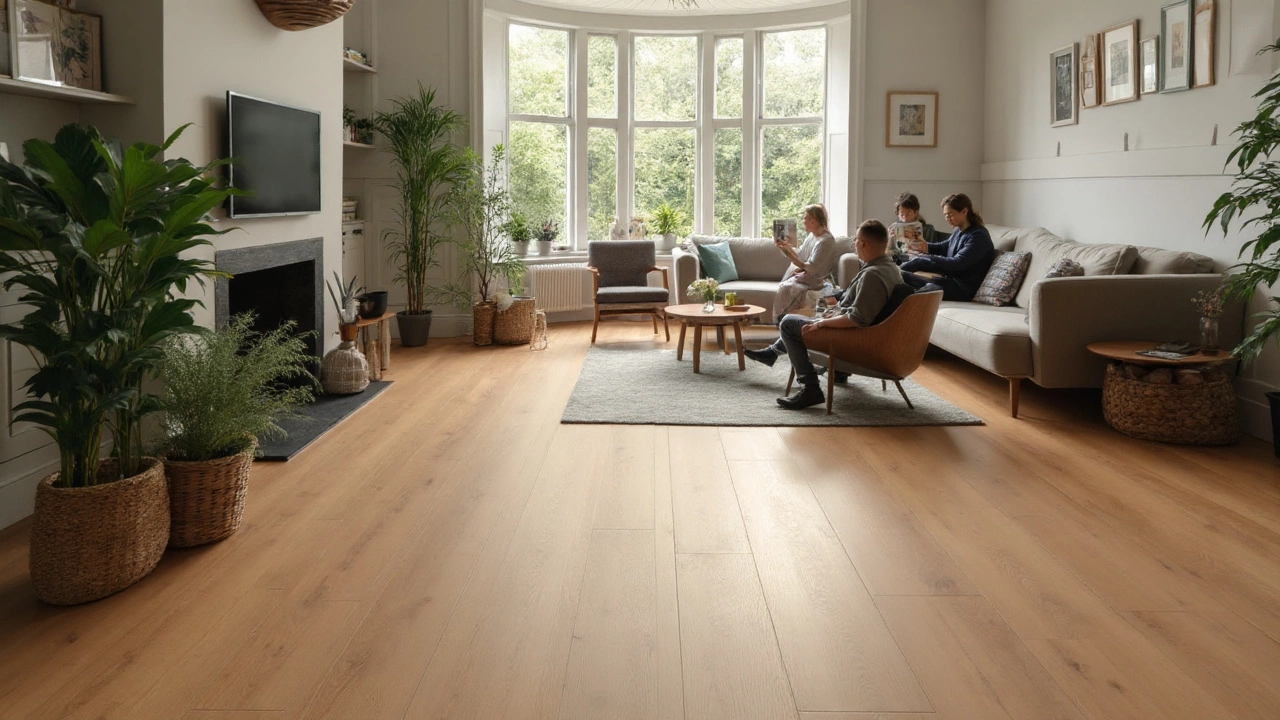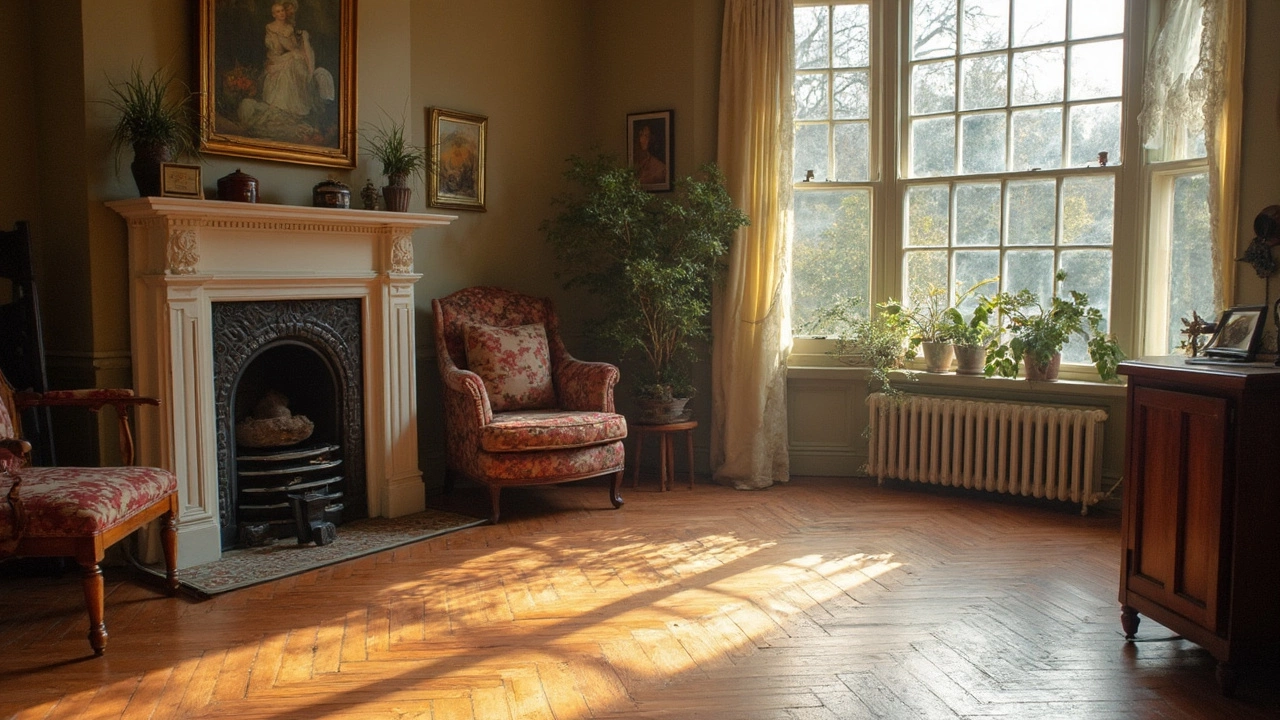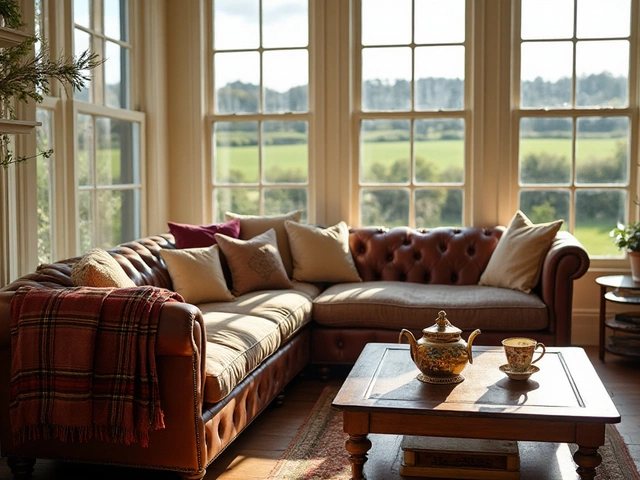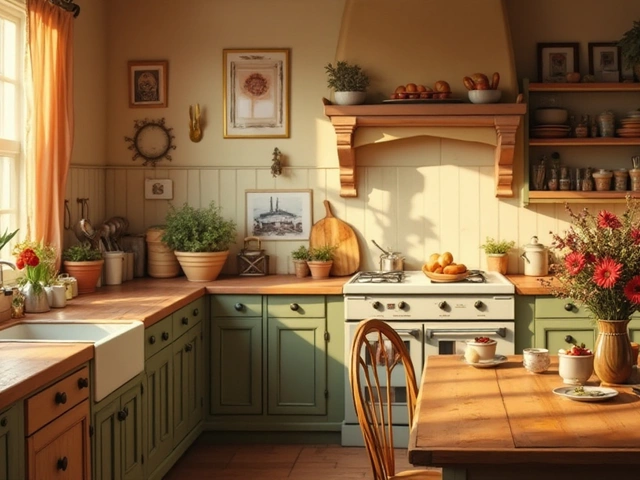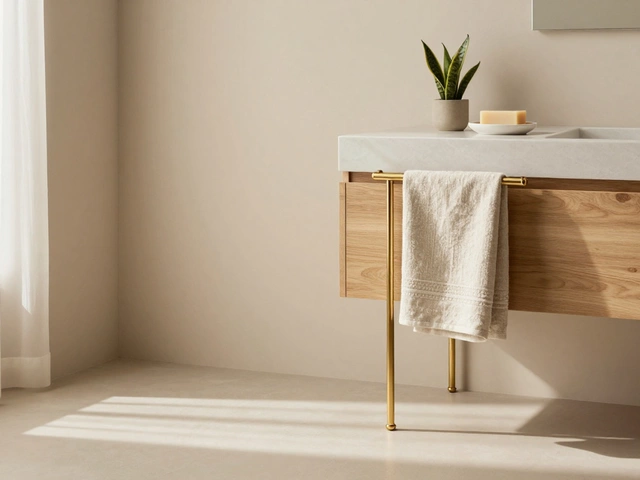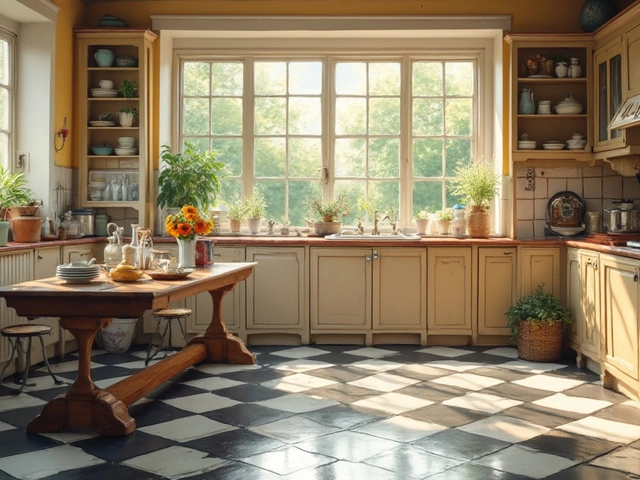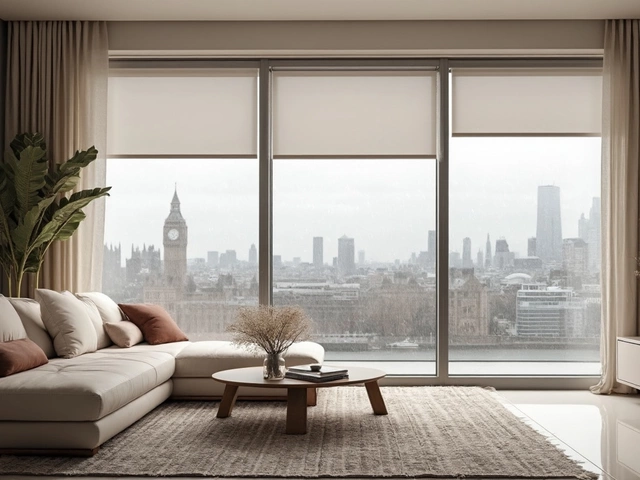Flooring Options: Find the Right Fit for Your Home
Thinking about new floors? You don’t need to be an expert to pick a good one. Below you’ll get the basics on the most common flooring types, what they cost, and how they hold up in real life. Use this guide to narrow down choices and avoid costly mistakes.
Budget‑Friendly Choices
When money matters, vinyl and laminate lead the pack. Luxury Vinyl Plank (LVP) looks a lot like wood or stone, but it’s made from layers of PVC. It’s waterproof, easy to clean, and often cheaper than real hardwood. Prices usually start around $20‑$30 per square metre, and installation can be a DIY click‑lock job.
Laminate flooring mimics wood grain with a photographic layer under a clear wear coat. It’s harder than vinyl when it comes to scratches, but it can’t handle standing water. Expect costs from $15‑$25 per square metre. If you have kids or pets that like muddy paws, laminate can work if you keep spills to a minimum.
Vinyl sheet or tiles are another low‑cost option. Sheet vinyl covers large areas with one piece, reducing seams where water can seep in. Ceramic or porcelain tile is pricier than vinyl but lasts decades and resists moisture. Tile costs vary widely, but basic ceramic can start at $25 per square metre.
Choosing the Right Floor for Your Space
First, think about the room’s traffic. High‑traffic areas like hallways and kitchens benefit from durable surfaces. LVP and tile handle wear well, while laminate might show wear sooner.
Next, consider moisture. Bathrooms and basements need water‑tight flooring. Vinyl, LVP, and tile are safe bets. Hardwood can warp if it gets wet, so avoid it in damp spots unless you choose a specially sealed engineered version.
Style is also key. If you love the look of real wood but want a budget play, LVP gives you that warm feel without the price tag. If you prefer a sleek, modern vibe, large‑format porcelain tile in a neutral tone works great.
Installation method matters too. Click‑lock systems for LVP and laminate let most DIYers handle the job in a weekend. Tile usually needs a professional because of mortar, grout, and precise leveling.
Finally, think about maintenance. Vinyl and LVP need occasional sweeping and a damp mop. Laminate should never get wet, just a dry cloth. Tile is low‑maintenance but grout lines can stain, so seal them if you want easier cleaning.
To sum up, match the floor to the room’s use, moisture level, look you want, and your budget. Start with a clear idea of what matters most, compare a few samples side by side, and you’ll end up with a floor that feels right and lasts long.

